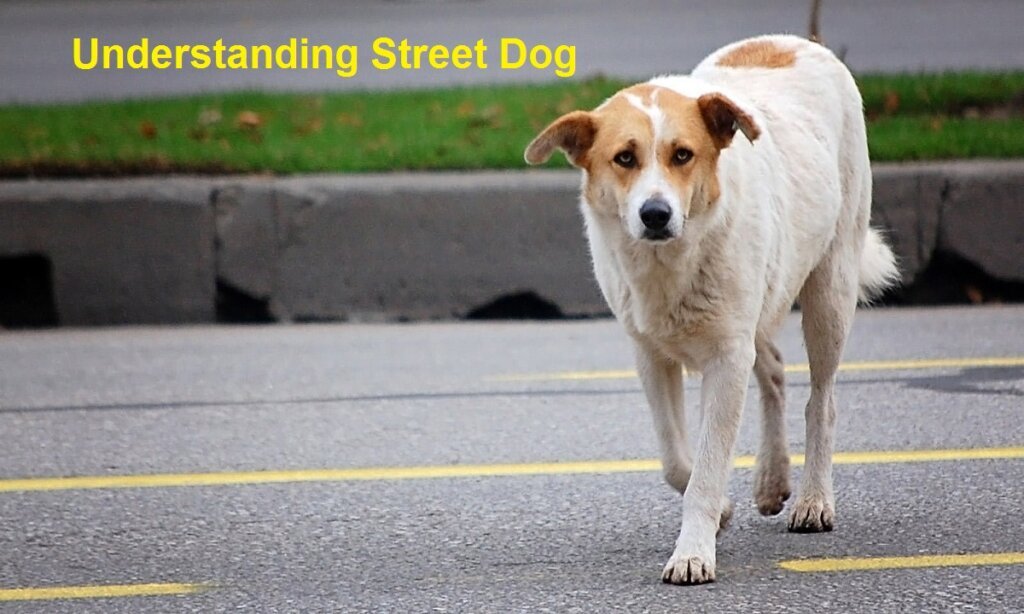Taking care of a street dog requires compassion, patience, and dedication. These wonderful creatures deserve our love, care, and attention. Street dogs, also known as stray dogs, are often left to fend for themselves, scavenging for foods and shelter. By providing care and support, we can improve their quality of life and potentially find them a forever home.
Before bringing a street dog into your home, it’s essential to understand their unique needs. Street dogs may have experienced trauma, neglect, or lack of social interaction. They might be fearful, anxious, or have behavioral issues. Patience, understanding, and positive reinforcement are key to building a trusting relationship.
Understanding Street Dog

Street dog, also known as stray dogs, are dogs that live on the streets without a home or owner. They can be found in urban and rural areas worldwide, struggling to survive. Understanding street dogs requires empathy, compassion, and knowledge. This guide provides an in-depth look at the lives of street dogs, their challenges, characteristics, and ways to help.
Street dog, also known as free-ranging urban dogs, are a common sight in many cities and towns around the world, particularly in developing countries. These dogs are not simply strays or abandoned pets; they have evolved to survive in urban environments, developing unique behaviors and adaptations.
Assessing the Situation
A bustling city street. Cars honk, people rush, and the air is filled with a cacophony of sounds. Amidst this chaos, a street dog stands, its keen senses alert, its body tense.
- Observation: Before you approaching a street dog, be aware of the dog’s behavior from the distance. Take note of any signs that they are injured or sick or if they are overly aggressive. This will helping you decided the best method to assist.
- Safety First: Approach street dog cautiously. They may be fearful or aggressive because of past incidents. Be cautious, avoid eye contact, and give them treats or food to build confidence.
Health Check
- Inspect for injuries or illnesses: Inspecting street dog for injuries or illnesses requires careful observation, attention to detail, and knowledge of common health issues.
- Consult a veterinarian for vaccinations and health checks: Consulting a veterinarian is a crucial step in ensuring the health and well-being of street dog. A thorough examination and vaccination program can protect against deadly diseases, identify underlying health issues, and improving overall quality of life.
- Provide medical care for injuries or illnesses: Providing medical care for dog injuries or illnesses requires prompt attention, proper diagnosis, and effective treatment.
- Monitor for parasites (fleas, ticks, worms): Monitoring dog for parasites is crucial to prevent infestations, diseases, and discomfort.
Providing Food and Water
Foods:
- Provided high-quality, nutrient-rich dog food dog
- Feed 2-3 times a day, 1-2 cups per 10 pounds of body weight.
- Establish a regular feeding schedule.
- Designate safe, accessible feeding areas.
- Store food in clean, dry containers.
Water:
- Ensure clean water is always available dog.
- Change water frequently to prevent bacterial growth.
- Provide shaded areas to prevent evaporation.
- Regularly clean watering stations street dog.
Safety and Shelter
- Provide a safe shelter or kennel: Providing a safe shelter or kennel for dog is crucial for their well-being and protection.
- Protect from harsh weather conditions: Protecting street dog from harsh weather conditions is crucial for their health, safety, and well-being.
Medical Care and Vaccinations
I. Importance of Medical Care
- Prevents suffering and disease transmission dog
- Enhances quality of life
- Increases adaptability
- Supports community health
II. Essential Vaccinations
- Rabies
- Distemper, Hepatitis, Parvovirus (DHPP)
- Para influenza
- Bordetella (Kennel Cough)
- Leptospirosis
Socialization and Training
- Spend time with the dog, providing affection and socialization
- Spend time with the dog, providing affection and socialization
- Gradually introduce to other animals and street dog.
- Reward good behavior with treats and praise
Rehabilitation and Adoption
I. Behavioral Rehabilitation
- Assessing behavioral issues (fear, aggression)
- Developing customized training plans
- Positive reinforcement techniques
- Desensitization and counter conditioning
II. Medical Rehabilitation
- Treating injuries and illnesses
- Managing chronic conditions
- Providing palliative care
- Rehabilitative therapies (physical, occupational)
III. Emotional Rehabilitation
- Building trust and confidence
- Reducing stress and anxiety
- Providing emotional support
- Socialization and interaction
I. Adoption Process
- Application and screening
- Meet-and-greet with street dog
- Home visit and assessment
- Adoption contract and follow-up
II. Adoption Options
- Local adoptions
- International adoptions
- Foster-to-adopt programs
- Senior dog adoptions
Conclusion
Taking care of requires a multifaceted approach that addresses their physical, emotional, and social needs. By providing food, water, shelter, medical care, socialization, rehabilitation, and adoption opportunities, we can improve the lives of these deserving animals.
Final Thoughts:
Taking care of is a collective responsibility. By working together, we can create a safer, healthier, and more compassionate environment for these incredible animals street dog.
Additional Resources:
- Local animal shelters and rescue groups.
- National and international animal welfare organizations.
- Online resources (e.g., PetMD, ASPCA).
- Community networking and social media groups.
Read More Some Article






